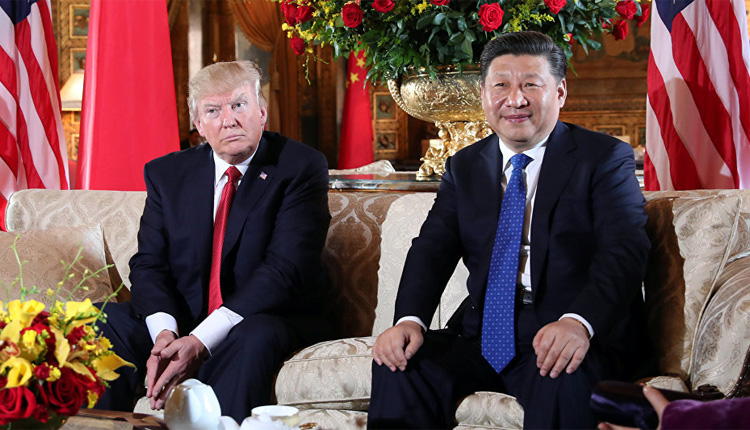President Trump said Friday that the United States had reached an interim deal with China that would forestall a tariff increase slated for next week, providing a temporary détente in a prolonged and economically painful trade war.
Mr. Trump, speaking from the Oval Office, said negotiators had reached a “Phase 1” agreement that would take several weeks to write and that both sides could officially sign by November.
If completed, the agreement would provide relief to American farmers and businesses that have been battered by the trade war. Mr. Trump said the “substantial” agreement would involve China buying $40 billion to $50 billion worth of American agricultural products annually, along with guidelines on how it manages its currency, the renminbi.
It would also strengthen Chinese protections for American intellectual property and give financial services companies more access to China’s market, the president said.
In exchange, the United States will not move ahead next week with plans to raise tariffs on $250 billion worth of Chinese goods to 30 percent. The president has not made a final decision on whether to impose an additional round of tariffs on Dec. 15, as he has threatened.
The announcement is a sharp turn from Mr. Trump’s posture several weeks ago, when the president — angry over China’s retaliatory tariffs — demanded that American companies stop doing business with China and threatened to tax every toy, shoe and computer from Beijing before the year’s end. The escalation has rattled investors, lawmakers and businesses, which have begun delaying investment and hiring amid continuing uncertainty about the trade war’s trajectory.
The economic pain appears to have softened Mr. Trump’s appetite for a fight. On Friday, the president said the two sides would now work on a deal in phases, a reversal from his previous position that he was looking for a “complete” China deal, not an interim agreement.
“It’s such a big deal that doing it in sections, in phases, is really better,” Mr. Trump said during a White House meeting with Liu He, China’s vice premier. “So you’ll either have two phases or three phases.”
The first phase could be signed when Mr. Trump appears alongside Xi Jinping, his Chinese counterpart, at a meeting of global leaders in Santiago, Chile, in November. The next phase would begin soon after, Mr. Trump said.
Despite the announcement, the deal has not been completed, and Steven Mnuchin, the Treasury secretary, said that more work remained, including on the agreements related to currency and access for American financial companies.
“We have a fundamental agreement on the key issues,” he said. “But there is a significant amount of work to do.”
The deal is far from the type of comprehensive agreement Mr. Trump has been pushing for, and it leaves some of the administration’s biggest concerns about China’s economic practices unresolved. Although exact terms are still under discussion, the details the president announced include some of the concessions that China has previously floated, including purchases of agricultural products and limits on Beijing devaluing its currency to gain a competitive advantage.
Still, the agreement, which came during the 13th round of negotiations, will help to defuse trade tensions that have begun inflicting pain on the global economy and bolster business across the Pacific. In his quest to force China to acquiesce to America’s terms, Mr. Trump has already taxed $360 billion worth of Chinese products and had penciled in another round of tariffs on Dec. 15.
Stock and commodity prices climbed on Friday as investors anticipated a resolution to the trade spat.
The S&P 500 rose 1.1 percent. The technology-heavy Nasdaq composite index rose 1.3 percent. The Russell 2000 index of small capitalization stocks, typically viewed as closely tied to the health of the American domestic economy, rose 1.8 percent.
Crude oil prices rose, as did prices for key industrial metals such as copper and iron ore, often looked to as a barometer of the outlook for China’s large industrial economy.
